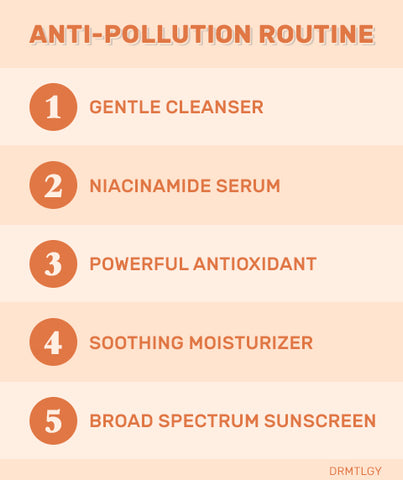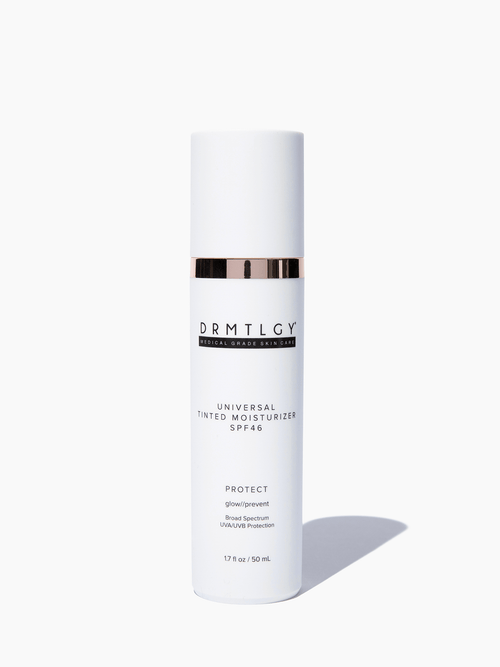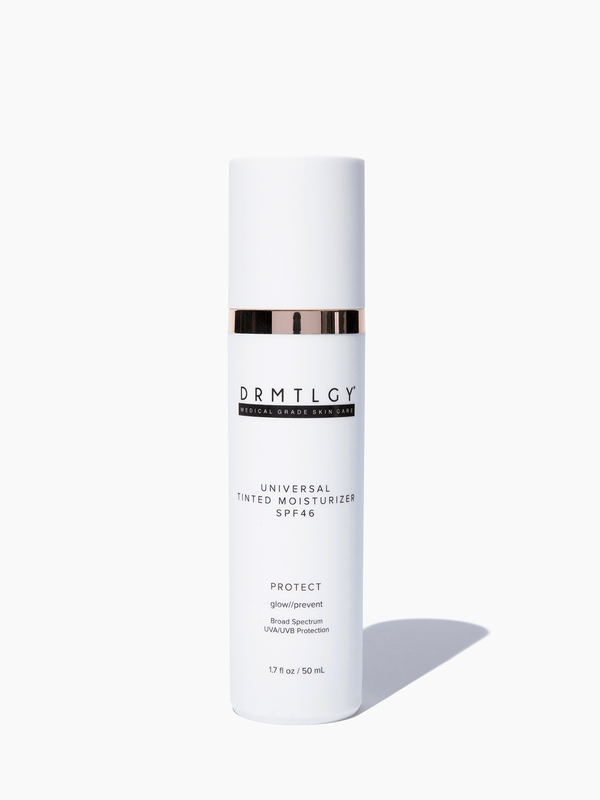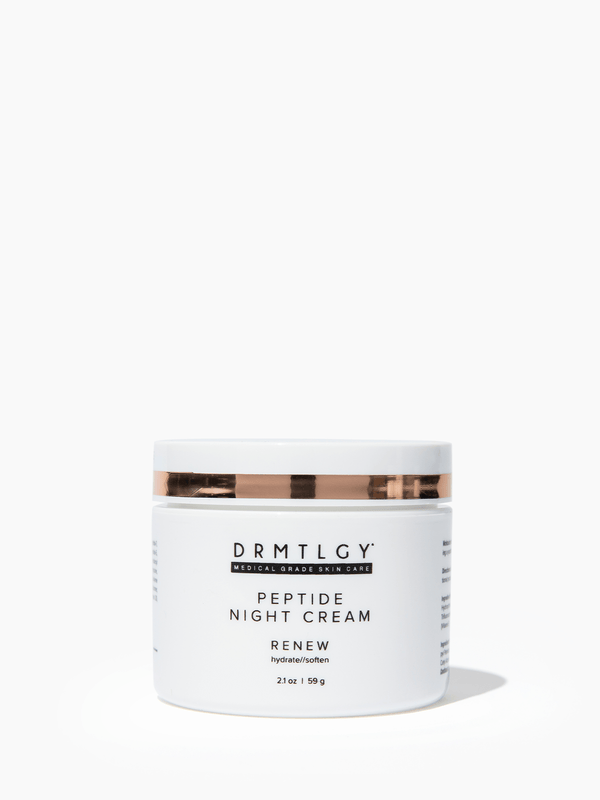We’ll be honest: Air pollution isn’t something that you can avoid easily. (And living in a bubble doesn’t seem like much fun anyway!) However, the damage airborne pollutants inflict on skin are significant enough that you’ll want to protect it as much as possible.
By learning about air pollution and taking considerable strides to fight it, you can protect your skin today and in the years ahead. When it comes to skin health, you’ve got to play the long game -- but the results are well worth the effort. Empower yourself with these seven tips to defy the effects of air pollution on your skin.
What is Air Pollution?
Air pollution is the near-invisible particles and gases emitted by human activities like fires, cigarette smoke, vehicle emissions, oil refining, and more.
Although your skin prevents many of these substances from getting into your body, airborne pollutants can still wreak havoc on the skin surface. And it’s not just that: Most airborne pollution also carries chemicals that can seep into your body. For example, urban dust can carry about 224 toxic compounds, while more than 6,000 of them are found in cigarette smoke.
One study shows that one kind of pollutant in particular is especially harmful to your skin. Small particulate matter, so named because of its minuscule size, can actually get into your pores. There, they can cause pollution-induced acne, wrinkles, inflammation, sensitivity, and even increase your chances of skin cancer.
How Does Airborne Pollution Damage Your Skin?
Continuous daily exposure (read: living in cities and urban areas) can take a dramatic toll on your skin health.
One Beijing study compared the skin of women who lived in urban areas with those that didn’t. The result? Women who lived in highly polluted urban areas had significantly worse skin hydration levels than those who lived in rural or suburban areas.
The kicker: The women who lived in the more polluted districts took better care of their skin by using skincare products, cleansing their face, and drinking water more often. This means that, even if you take care of every other aspect of your skin, it’s not truly protected if you don’t address air pollution too.
In addition to stripping moisture from your skin, airborne pollutants can cause:
- Hyperpigmentation
- Enlarged pores
- Dry, irritated, and itchy skin
- Dull skin tone
Air pollution also increases free radical damage and impairs your skin’s barrier function; this erosion further increases the amount of pollution that gets into the deeper layers of your skin.
Because air pollution is so prevalent today, there’s not much you can do to avoid its effects. However, you can take huge steps in counteracting it and protecting your skin moving forward.
Luckily, the first step -- the one you’re taking right this moment -- is education. Arming yourself with knowledge is the best way to protect yourself in most situations, and the effects of air pollution is no different.
Next comes the second step, which is just as important. By taking care of the outer layers of your skin with the following tips, you can build a near-impenetrable barrier to protect yourself from major pollution damage.
5 Skincare Products to Add to Your Anti-Pollution Routine

Gentle cleansing products.
Cleansing your face thoroughly twice a day will be your first line of defense against air pollution damage. This will be especially important in the hotter months, when the amount of UV radiation and airborne pollution outside reaches its peak.
Start with a thorough rubdown with micellar water or an oil-based cleanser to loosen the dirt and soot from your face. Follow it up with a gentle cleanser and facial brush to effectively scrub away leftover particles. Once or twice a week, apply a chemical exfoliant like salicylic acid or glycolic acid to sweep out any debris remaining in your pores.
A niacinamide serum.
Niacinamide, also known as vitamin B3, fights the aging effects of air pollution; fine lines and wrinkles, hyperpigmentation, and redness are no match for this superstar ingredient. But the benefits don’t stop there. Niacinamide also supports a healthy skin barrier by improving hydration and reducing water evaporation in the skin.
For best results, layer a niacinamide serum over a hydrating product containing hyaluronic acid or another humectant.
Powerful antioxidants.
Antioxidants actively combat the damage created by free radical molecules. By providing free radicals with an additional electron, antioxidants like vitamin A, C, and E effectively neutralize the oxidation process that makes your skin look older than it is.
Use a serum with at least one antioxidant to restore your skin, or choose a formula with multiple antioxidants to further boost the product’s effects.
A moisturizer.
A balanced skincare routine should also include hydrating and moisturizing elements to soothe and nourish your skin. Air pollution takes a heavy toll, leaving your skin dry, dull, and uneven. Over time, this can result in a weakened moisture barrier and your skin’s inability to retain water.
To prevent this, always apply a moisturizer to lock in all the water you’ve infused back into your skin.
A broad-spectrum sunscreen with at least SPF 30.
Ultraviolet radiation is the biggest culprit of aging skin, accounting for up to 90% of it. And as more and more pollutants are pumped into the air, the protective ozone layer around our planet gradually disintegrates. This results in greater exposure to the sun’s powerful rays, even on cloudy days.
Skin damaged by UV rays loses its elasticity, gets thinner, and struggles to maintain proper hydration levels. UV radiation also aggravates existing skin conditions, making dark spots and inflammation worse.
Make sure to apply sunscreen with SPF 30 or more at least 15 minutes before you head out during the day. Waiting 15 minutes allows the protective ingredients in the sunscreen to take effect. If you’ll be outside for a prolonged amount of time, you’ll want to reapply your sunscreen every 2 hours as well.
Go the Extra Mile with These 2 Tips to Counteract Pollution

Eat antioxidant-rich foods and stay hydrated.
Drinking water replaces the moisture your body loses on a regular basis, while consuming foods that are stocked with antioxidants boosts your body’s natural network. Try adding more leafy greens and seafood into your meals, and opting for snacks that include berries and citrus fruits for a boost in vitamins and minerals your body will surely appreciate.
Improve the air quality around you.
Another way to change the amount of air pollution you come in contact with is by controlling the air quality. Sounds like a difficult task? Not as much as you might think.
Remember that the act of breathing brings airborne pollutants into direct contact with your lungs, where it can distribute these toxic chemicals throughout your body. So, your first step to reduce this damage would be to stop smoking. Not only does it accelerate the effects of aging, smoking has long been associated with acne, psoriasis, and cancer.
If you’d like to reduce the amount of air pollution brought into your home, consider buying an air purifier. After all, you may not be able to control the air quality outside, but you certainly have the power to do so in your house or apartment.
With this knowledge in hand, you’re now better equipped to combat the significant damage that air pollution can do to your skin.
Keep in mind that keeping to a regular routine with effective ingredients will give you better results than the most expensive products used on an irregular basis. As with almost all things in life, consistency is definitely the key here!
If you’re ready to start building a skincare regimen with major anti-pollution benefits, start with our anti-aging skincare line. Or, for a more personalized regimen, ask a licensed skincare expert for recommendations based on your unique skin needs.
References
Frontiers in Environmental Science, May 2014, ePublication
Dermatologic Surgery, July 2005, Volume 31, Issue s1, pages 860-866
Journal of Cosmetic Dermatology, November 2004, Volume 3, Issue 2, pages 88-93
International Journal of Cosmetic Science, April 2008, Volume 30, Issue 2, pages 87-95














